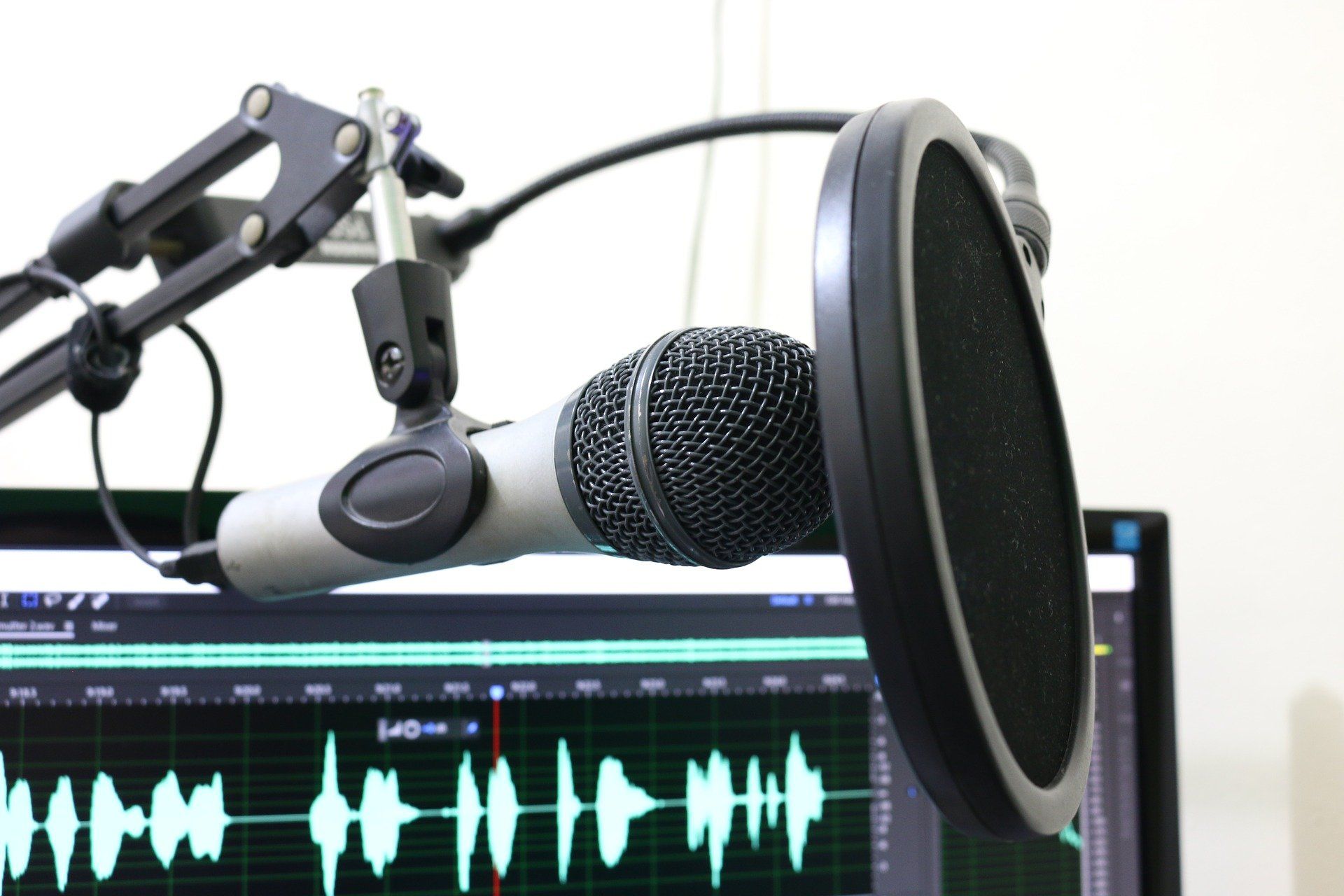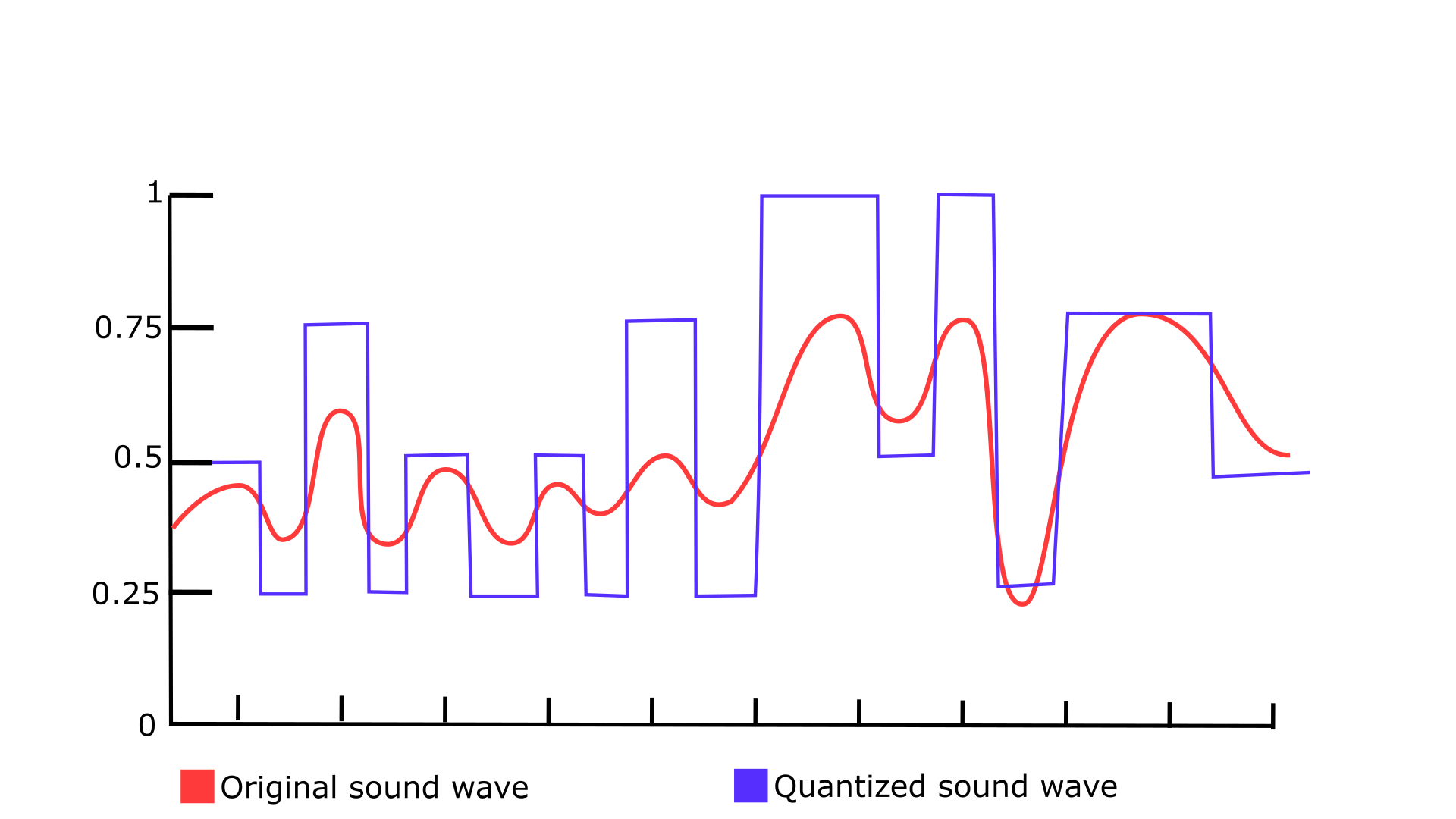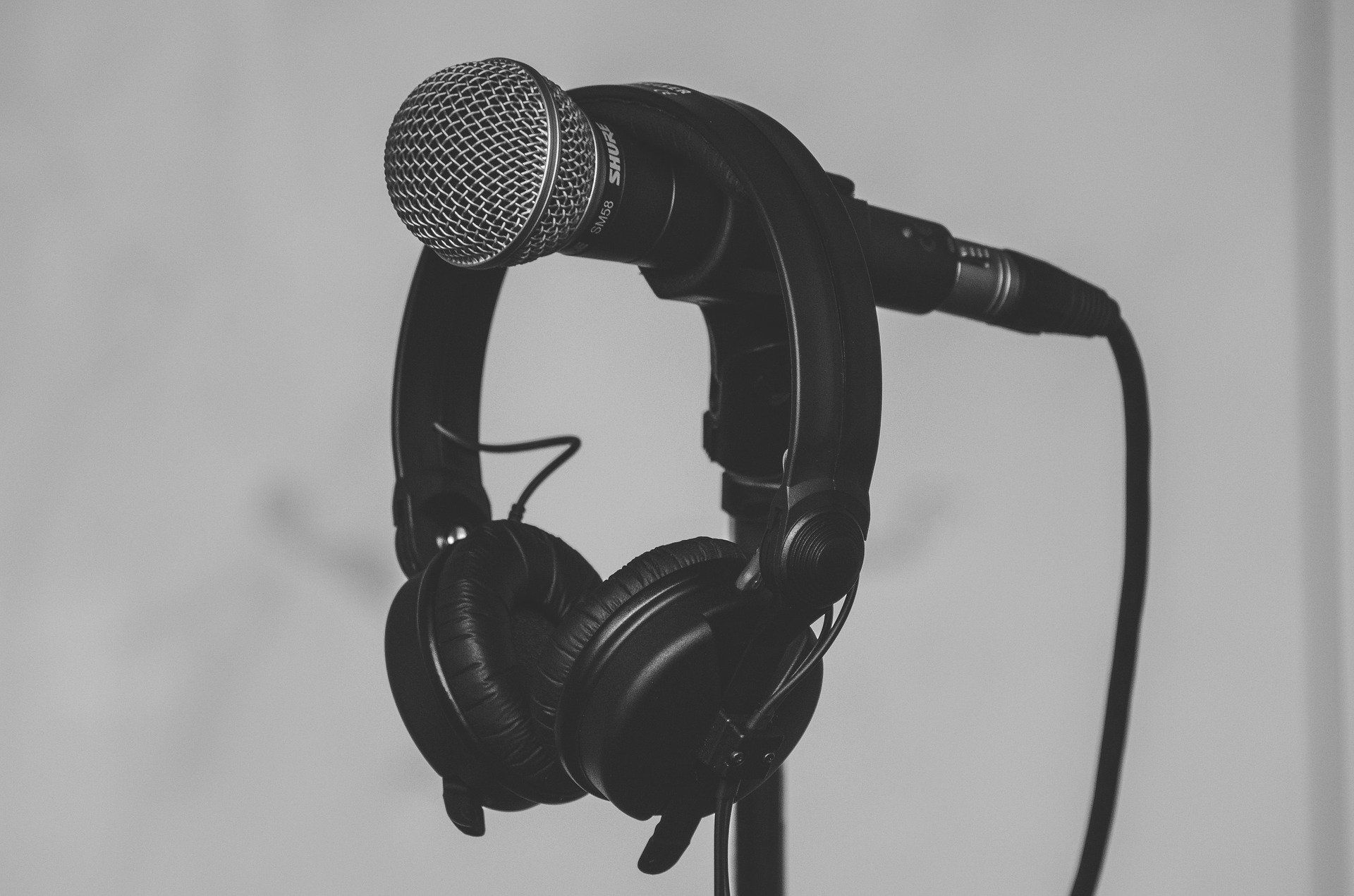When talking about audio quality, it can get a bit tough to understand everything going on. People use different terms to define an audio file, and what's worse is that companies don't typically explain when slapping this audio jargon on their products.
Two terms that we often run into are bit depth and sample rate. These are two common terms we see when we look into the properties of an audio file. It's important to know what they mean and how they affect audio quality, so let's take a look at what these terms mean.
What Is Sample Rate?

Digital images are composed of pixels, tiny bits of color data that combine to form one consistent image. Think of a digital audio file as the same as a digital image. When audio is recorded, the sound is picked up by a microphone and travels to the Analog to Digital Converter (ADC) as an electrical current.
The ADC takes multiple samples of the current and assigns them a sequence of binary digits (several 1s and 0s); think of samples as the audio equivalent of pixels.
Just as more pixels per square inch mean a sharper image, more samples per second mean crisper audio. The number of samples taken per second is called the sample rate.
Standard Sample Rates
There are standard sample rates that both software and hardware companies must be compatible with for everything to work properly. If you do any sort of work with audio, you should be familiar with some of the standards. For example, 8kHz is a standard sample rate for recording the human voice. It's about the minimum sample rate to understand speech; any lower, and the listener will have trouble ascertaining the words.

When it comes to music, CD-quality audio has a sample rate of 44.1kHz. This means that the ADC takes 44,100 samples every second! It only goes up from there, as the next standard is 48kHz; this sample rate is used more for movie soundtracks.
On the higher end of the spectrum, we have 96kHz, more than doubling the samples per second of 44.1kHz and allowing for clearer audio. However, there's a controversy surrounding this sample rate, as people don't typically know if 96kHz is necessary.
Plenty of experts feel that 96kHz is just overkill. Apple even offers audio at 192kHz!
What Is Bit Depth?
Sample rate deals with the audio clarity, whereas the bit depth deals with the amount of noise in the audio. Circling back, each sample is assigned a sequence of binary digits by the ADC. The number of binary digits per sample is called the bit depth.
The ADC assigns each sample the binary digits based on the amplitude of the audio (the strength of the current that travels from the microphone). This is how it replicates the sound wave in digital form. The more bits per sample (the more output pins on the ACD), the more accurately the ADC can replicate the wave.
However, ADCs are only capable of assigning a finite number of voltages to each sample. So if a sample happens to fall in between two voltages, it's automatically rounded up; this is called quantization noise.

The above graph shows an example of a sound wave that was recorded through a 2-bit ADC. Even though the original wave (red) peaks at random levels, the quantized digital signal (blue) only lands at increments of .25 volts. Lower bit rates introduce digital noise into the audio, as the lower the bit depth, the less accurately the wave is reproduced.
Standard Bit Depths
Just like with sample rate, there are different standard bit depths that you come across in the industry. 8-bit audio seems to be the minimum bit depth that'll you'll see. With it, you'll hear a fair amount of noise, but the audio is still serviceable.

The next step up is typically 16-bit audio, which is what's present with CD-quality audio. Usually, you won't hear any noise with 16-bit audio, and most people can record and edit it without much issue. Above that, we have 24-bit audio. This bit depth is preferred among professional audio engineers. With 24-bit audio, you have no noise and a better range of amplitudes to work with.
Lastly, we have 32-bit audio, which is shrouded in controversy, much like the 96kHz sample rate. Many people believe that it's not necessary. You can edit audio just fine in 16-bit and 24-bit, and 32-bit seems like it's over the top.
What's the Optimal Sample Rate and Bit Depth?
So, what are the optimal sample rates and bit depths for your needs?
Casual Listening
If you're a casual listener, you won't really need anything higher than 16-bit audio. Some services offer higher bit depths to make it sound as though it equates to clearer audio, but that's not the case. You should also be fine with a sample rate of 44.1kHz if you're a casual listener.
Audiophiles and Audio Engineers
The conversation changes when we talk about audiophiles and audio engineers; they know what DACs are and use other equipment to get the most out of their music. 24-bit audio should be the best choice in terms of noise and dynamic range. It can be softer without any audible noise and louder without any distortion.
When it comes to sample rate, the conversation gets a bit muddy. Some people say that they can't tell the difference between 96kHz and 44.1kHz, while others claim that they can hear a difference.
Sample Rate vs. Bit Depth: Now You Know
Technology can be tricky, and it gets worse with different terms being tossed around without any explanation. We come across sample rate and bit depth all the time when dealing with digital audio, and knowing more about these terms will help you better understand what you're listening to.